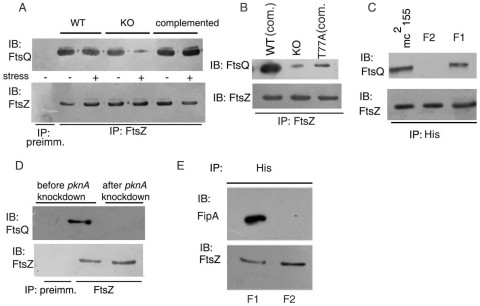Figure 8. Interactions between FtsZ, FtsQ and FipA in vivo.
A. M. smegmatis wild type (WT) or FipA -KO (KO) or FipA -KO complemented with fipA MTB (complemented) was left untreated (−) or treated (+) with H2O2, as described under “Materials and Methods”, lysed and immunoprecipitated with preimmune sera (first lane) or with anti-FtsZ antibody followed by immunoblotting with anti-FtsQ antibody. B. FipA-KO or FipA-KO complemented with fipA MTB(WT) or the T77A mutant, was grown, subjected to oxidative stress, lysed and immunoprecipitated with anti-FtsZ antibody followed by immunblotting with anti-FtsQ antibody. C. M. smegmatis strains mc2155, F1 or F2, were grown and subjected to the same treatment as in panel B, followed by immunoprecipitation with anti-His antibody (for pull down of FtsZ) and immunoblotting with anti-FtsQ antibody. D. M. smegmatis before or after conditional knockdown of pknA (performed as described under Fig. 7), was subjected to oxidative stress, lysed and immunoprecipitated with preimmune sera (first lane) or anti-FtsZ antibody, followed by immunblotting with anti-FtsQ antibody. E. M. smegmatis-F1 or -F2 cells subjected to oxidative stress, were lysed and immunoprecipitated with anti-His antibody followed by immunoblotting with anti-FipA antibody. Blots (A–E) were reprobed with anti-FtsZ antibody. Blots shown are representative of three separate experiments.

